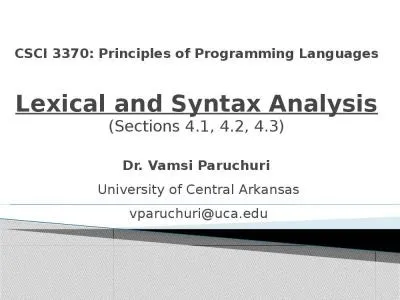PPT-Recursive Descent Parsing for XML Developers
Author : danika-pritchard | Published Date : 2018-02-18
Roger L Costello 15 October 2014 1 Table of Contents Introduction to parsing in general recursive descent parsing in particular Example 1 How to do recursive descent
Presentation Embed Code
Download Presentation
Download Presentation The PPT/PDF document "Recursive Descent Parsing for XML Develo..." is the property of its rightful owner. Permission is granted to download and print the materials on this website for personal, non-commercial use only, and to display it on your personal computer provided you do not modify the materials and that you retain all copyright notices contained in the materials. By downloading content from our website, you accept the terms of this agreement.
Recursive Descent Parsing for XML Developers: Transcript
Download Rules Of Document
"Recursive Descent Parsing for XML Developers"The content belongs to its owner. You may download and print it for personal use, without modification, and keep all copyright notices. By downloading, you agree to these terms.
Related Documents

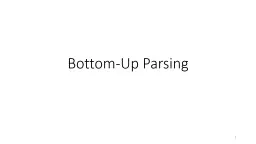
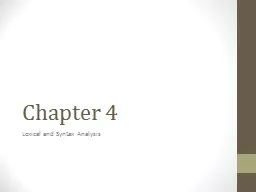
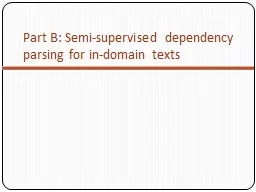
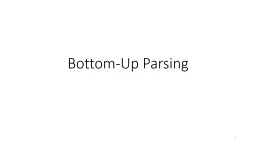
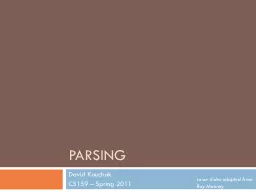
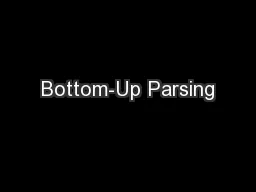
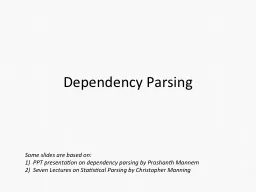
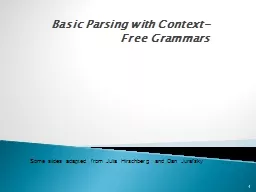
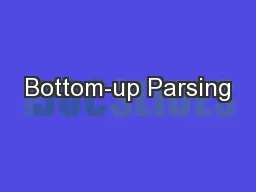
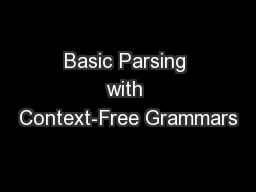
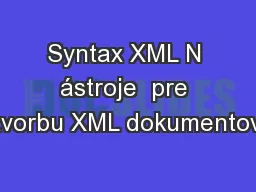
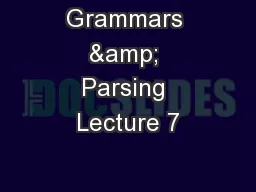
![[READING BOOK]-Parsing with Perl 6 Regexes and Grammars: A Recursive Descent into Parsing](https://thumbs.docslides.com/971632/reading-book-parsing-with-perl-6-regexes-and-grammars-a-recursive-descent-into-parsing.jpg)
